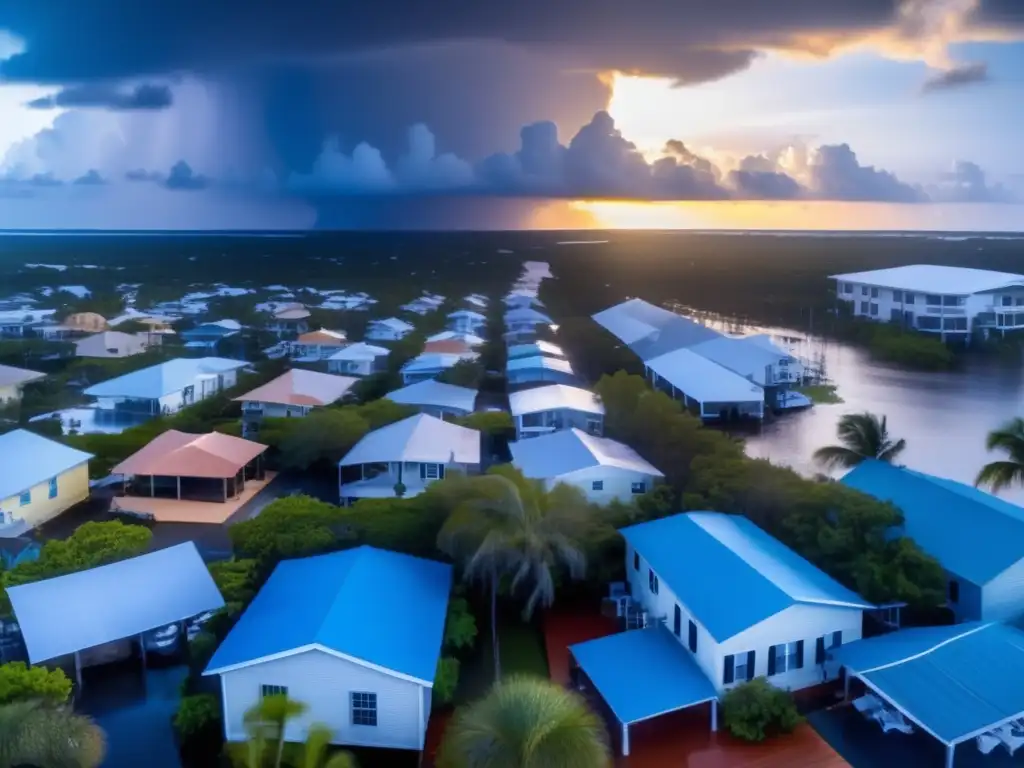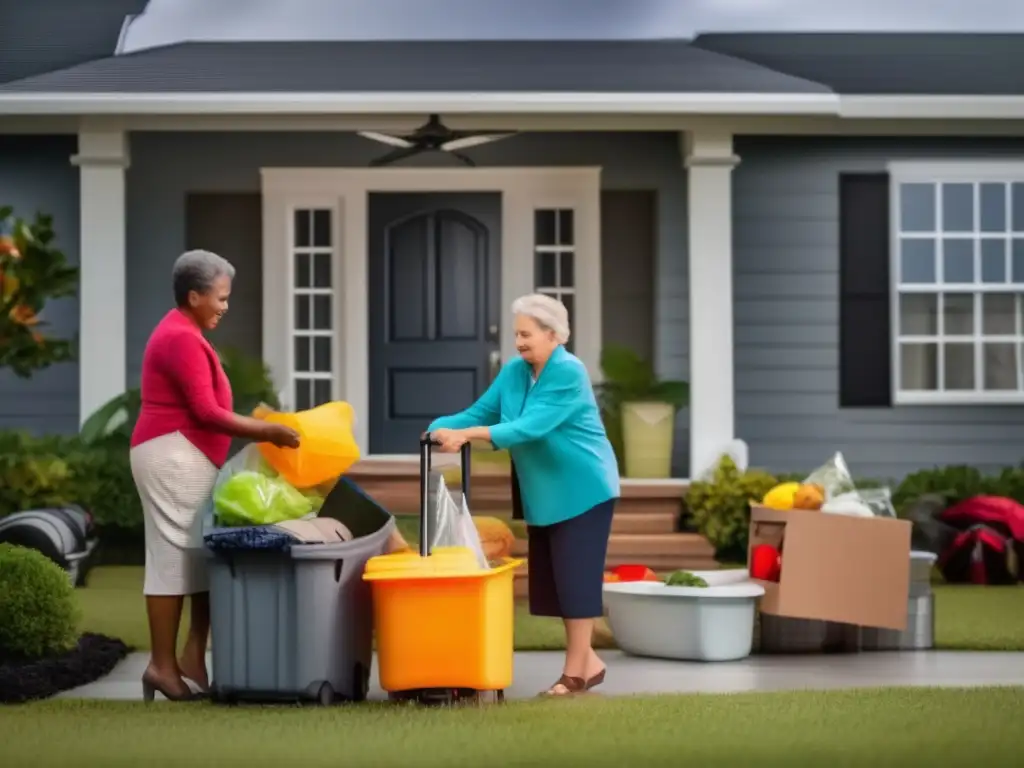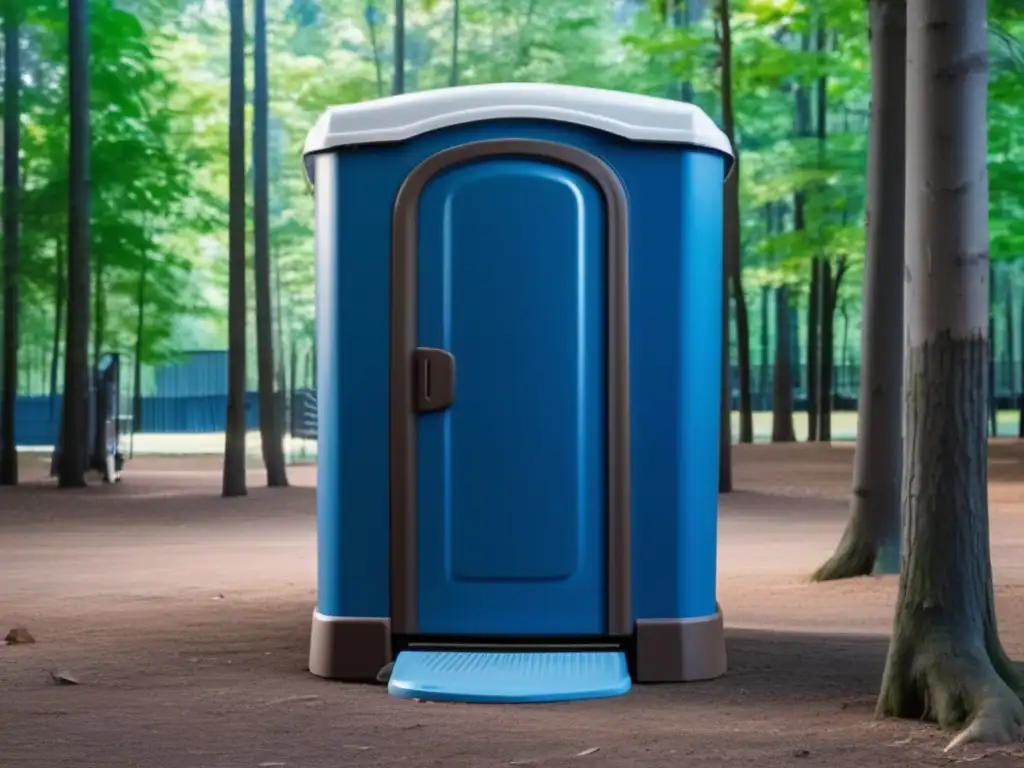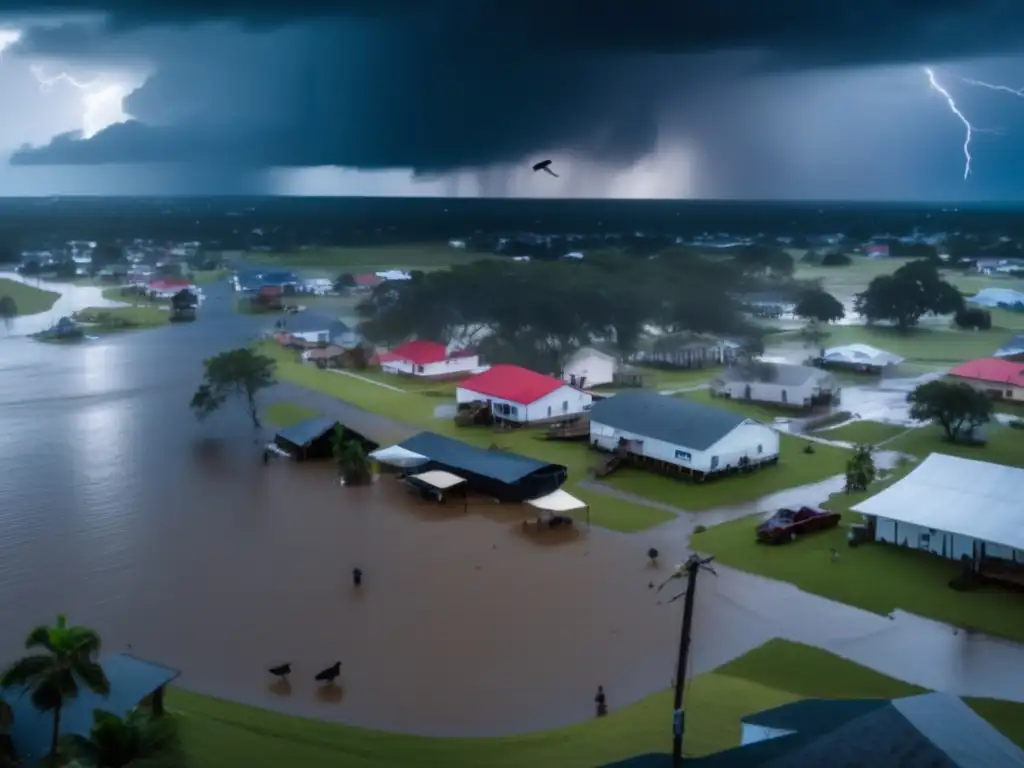From The Ground Up: Building A Home With Hurricanes In Mind

From the Ground Up: Building a Home with Hurricanes in Mind
Introduction
Living in a hurricane-prone area can be a daunting experience, but building a home that is designed to withstand the powerful winds and storm surges can provide peace of mind. In this article, we will discuss the basics of building a hurricane-resistant home from the ground up. We will cover everything from selecting the right materials to incorporating key design features and following local building codes.
Choosing the Right Materials

Impact-Resistant Windows and Doors
One of the most vulnerable parts of a home during a hurricane is its windows and doors. Debris propelled by high wind speeds can easily shatter them, causing damage or injury to occupants. To mitigate this risk, homeowners should consider installing impact-resistant windows and doors. These are typically made from laminated glass and are designed to withstand high winds and flying debris. While they may be more expensive than standard windows, they offer improved safety and durability.
Roofing Materials
The roof is another critical component of a hurricane-resistant home. Selecting the right roofing material can help prevent wind uplift and reduce the risk of water entry. Metal roofs are a popular choice due to their durability and resistance to wind damage. Other options include concrete tiles, which are heavy and resistant to wind uplift, and asphalt shingles, which can be reinforced with additional adhesive to improve wind resistance.
Siding Materials
When it comes to siding materials, homeowners should select options that are resistant to wind damage, moisture, and mold growth. Fiber cement siding, made from a mixture of cement and wood fibers, offers excellent durability and resilience against strong winds. Vinyl siding is also a popular choice due to its affordability and low maintenance requirements. However, homeowners should ensure that their vinyl siding is installed properly with added hurricane clips or other reinforcements to resist high winds.
Incorporating Key Design Features

Wind-Resistant Shapes
Homes with simple, boxy designs are more susceptible to wind damage than those with more complex shapes. Curved or hexagonal designs can help deflect winds and reduce the impact of sustained gusts. Furthermore, features such as hip roofs, which have a slope on all four sides, are better suited for hurricane-prone areas than gable roofs, which only have slopes on two sides. By incorporating these design features, homeowners can reduce the chances of wind damage to their homes.
Elevated Foundations
Another important design feature for hurricane-resistant homes is an elevated foundation. In areas with a high risk of storm surge, homes should be elevated to prevent water from entering the living spaces. Homes built on stilts or piers can also help prevent damage from high winds and flooding.
Reinforced Garage Doors
Garage doors are often overlooked when it comes to hurricane-resistant design, but they can pose a significant risk during a storm. If a garage door fails, it can allow high winds to enter the home, causing significant damage. Homeowners should consider installing a reinforced garage door that can withstand high winds and flying debris. Additionally, they should ensure that the door is properly secured with additional locks or braces to prevent it from being forced open by wind pressure.
Following Local Building Codes

Knowing Your Zone
Before embarking on a building project in a hurricane-prone area, homeowners should first determine their local flood zone. The Federal Emergency Management Agency (FEMA) designates different flood zones based on the potential risk of storm surge and flooding. Homeowners should consult their local building department to ensure that their home will be built to meet the requirements of their flood zone.
Permitting and Inspections
When building a hurricane-resistant home, it is essential to obtain the necessary permits and undergo inspections to ensure that the home is built to code. This includes having a structural engineer review plans and inspect the construction site before, during, and after construction. Additionally, homeowners should work with licensed and insured contractors who are experienced in building homes to withstand hurricanes.
Resources for Homeowners
Homeowners can find additional resources for building a hurricane-resistant home through organizations such as FEMA, the National Hurricane Center, and local building departments. These resources offer guidance on everything from selecting the right materials to incorporating key design features, following local building codes, and ensuring proper maintenance and upkeep of the home.
Frequently Asked Questions

-
What are the best materials for building a hurricane-resistant home?
Impact-resistant windows and doors, metal roofing, and fiber cement siding are all good choices for building a home that can withstand high winds and flying debris.
-
What design features should be incorporated into a hurricane-resistant home?
Homes with complex shapes, elevated foundations, and reinforced garage doors are all important design features to consider when building a hurricane-resistant home.
-
How do I know if my home is built to withstand hurricanes?
Homeowners should consult their local building department and obtain the necessary permits and inspections to ensure that their home is built to code. Additionally, they can work with licensed and insured contractors who are experienced in building homes to withstand hurricanes.
-
How can I maintain my hurricane-resistant home?
Regular maintenance, including regular inspections of the roof, siding, and windows, can help ensure that a home remains hurricane-resistant over time. Homeowners should also be prepared to make repairs or replacements as necessary to maintain the integrity of their home.
-
What should I do to prepare my home for an oncoming hurricane?
Homeowners should follow local emergency management guidelines and prepare their homes by securing windows and doors, bringing in outdoor furniture and other items, and reinforcing garage doors and other vulnerable areas of the home.
Conclusion
Building a hurricane-resistant home requires careful consideration of everything from selecting the right materials to incorporating key design features and following local building codes. By taking these steps, homeowners can reduce the risk of damage and injury during a hurricane event. It is essential that homeowners consult with licensed and insured contractors who are experienced in building homes to withstand hurricanes and obtain the necessary permits and inspections to ensure that their homes are built to meet local codes.
For those living in hurricane-prone areas, building a hurricane-resistant home can provide peace of mind, knowing that their home is designed to withstand powerful winds and storm surges. For the general public, understanding the basics of building a hurricane-resistant home can help increase awareness and preparedness for potential hurricane events.
We encourage readers to share their thoughts and experiences in the comments section below and to engage positively with hurricaneinsider.org. Thank you for your time and attention.
Additional Resources

- National Hurricane Center - https://www.nhc.noaa.gov/
- Federal Emergency Management Agency - https://www.fema.gov/
- National Institute of Building Sciences - https://www.nibs.org/
 Multigenerational Households And Hurricane Preparedness
Multigenerational Households And Hurricane Preparedness Portable Toilets
Portable Toilets The Rural Perspective: Hurricane Preparedness In The Countryside
The Rural Perspective: Hurricane Preparedness In The CountrysideIf you want to discover more articles similar to From The Ground Up: Building A Home With Hurricanes In Mind, you can visit the Hurricane preparedness: category.
Leave a Reply

Articulos relacionados: